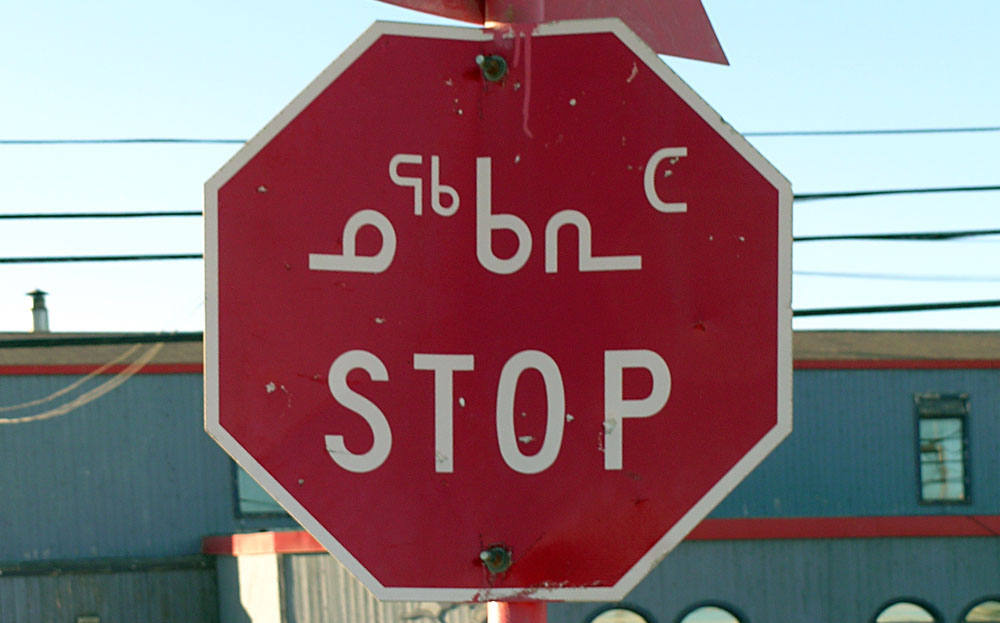The Week Ahead: Living in the past
Norwegian oil authorities presenting their year in review this week will be pre-occupied with what the industry has planned for the future.

As with most end-of-year publications, the point of the The Shelf, presented each January by Oljedirektoratet, the agency that manages Norway’s oil resources, is to offer a recap of the year that was.
This will again be the case when the 2018 Shelf is published on January 10, if only in part. For, as the 2017 edition of The Shelf showed, Oljedirektoratet is increasingly adopting the view that the past is already upon Norway’s oil industry.
That this is the case was reflected by the fact that the 2017 Shelf concerned itself with nudging producers to step up the pace of exploration, particularly in the Barents Sea, as much as it did with it enumerating the gradual decline of its North Sea provinces. Indeed, the latter is, in fact, an argument for the former.
[The future of Norway’s oil industry lies in the Barents Sea—but it’s far from certain]
As the 2017 Shelf underscored, there is just one year that Oljedirektoratet is concerned with: 2023. That is the year through which, given current rates of exploration and investment, oil and gas production can continue to increase. After that, it will begin to decline.
The message that Oljedirektoratet wants to get across is that it does not need to be this way. Its middle-of-the-road estimate suggests that Norway is still sitting on what amounts to 25 billion barrels of oil, about the same as has been taken from beneath the country since production began 50 years ago.
Even though only half of this amount has been discovered, that is still a good start for the future of the industry, since new investment can go directly into setting up production there were oil is known to be located.
[The latest Norway oil find is another drop in Barents barrel]
Before the rest can be pumped up, it must be found. The 2018 Resource Report, a forward-looking annual publication, admits this will be as expensive as it is difficult, but it also suggests that it may be a bet that pays handsome returns; most of the unproven resources are found in the Barents Sea and in area around Jan Mayen, an island in the Norwegian Sea. Both areas have proven resources, but neither have been fully explored. As an example of how much promise the new provinces contain, between 2015 and 2017 Oljedirektoratet doubled its estimate for how much oil is found in the Barents Sea.
The new reserves may be harder to locate and cost more to get out of the ground than was the case in the North Sea, but the quality of these fields could well be their quantity.
The 3 percent

About 97 percent of the world’s population speaks 4 percent of its 7,000 or so languages, according to the UN. Most of the remaining 96 percent of languages, spoken largely by small groups of indigenous peoples, are at risk of disappearing. Half, according to the UN, are in imminent danger of extinction by 2050.
For such languages, including the 50 or so indigenous languages spoken in the Arctic, the most important addition to their vocabulary in 2019 may not be a word but the acronym IYIL, short for International Year of Indigenous Languages.
A UN initiative that began on Jan 1, IYIL is an effort to draw attention to efforts to stop, or at least slow, language loss amongst indigenous groups. Events, from concerts to language training, being held throughout the year will seek to buttress work already being done in this area.
For the language-lover, such efforts are worthy ventures in and of themselves, but saving or, in cases where that is impossible, documenting a language is more than just an anthropologic exercise, the UN argues.
[From threatened to thriving: Using technology to preserve Arctic Indigenous languages]
To be sure, multilingualism has its drawbacks, but allowing people to speak their own language, the UN points out, makes governing easier and promotes sustainable development, both good reasons for decision makers not to turn a deaf ear.
Likewise, it wants groups charging that their rights have been violated, or for those seeking reconciliation, to be able to make their grievances in their own language.
Arguments like preserving diversity and that language is valuable as repository for an individual’s identity, cultural history, traditions and memory are fluffier, but that does not make them less valid.
The official launch of IYIL is planned for January 28 in Paris.
The Week Ahead is a preview of some of the events related to the region that will be in the news in the coming week. If you have a topic you think ought to be profiled in a coming week, please email [email protected].